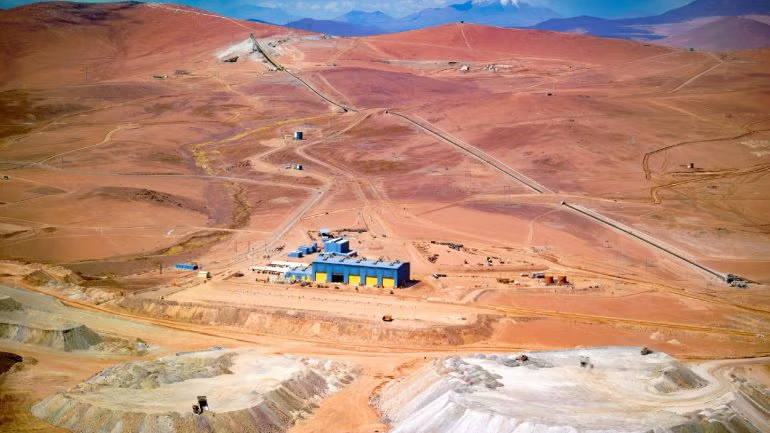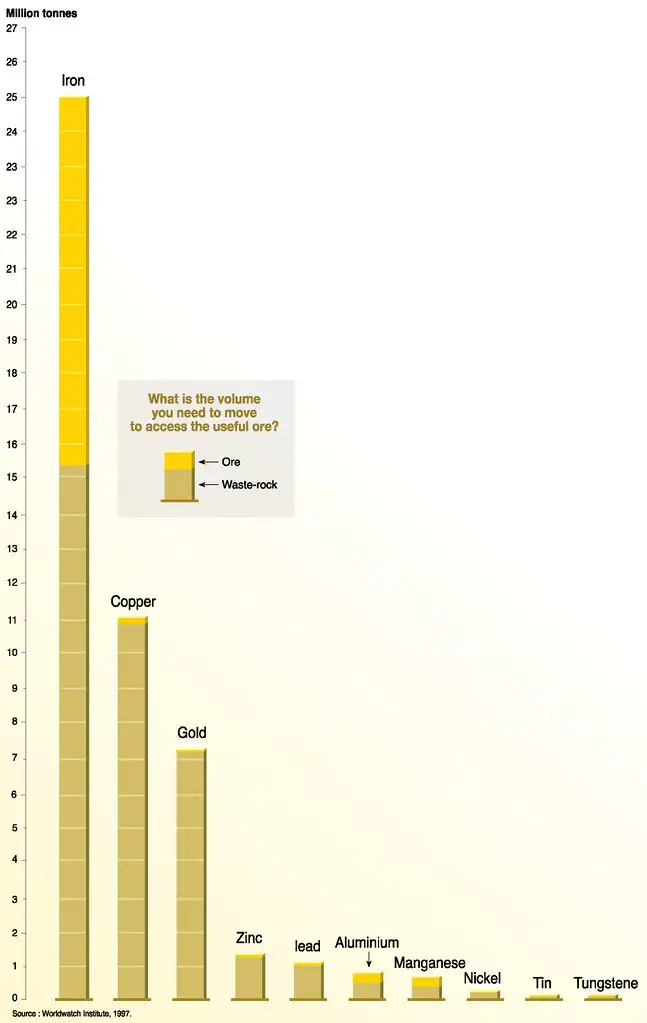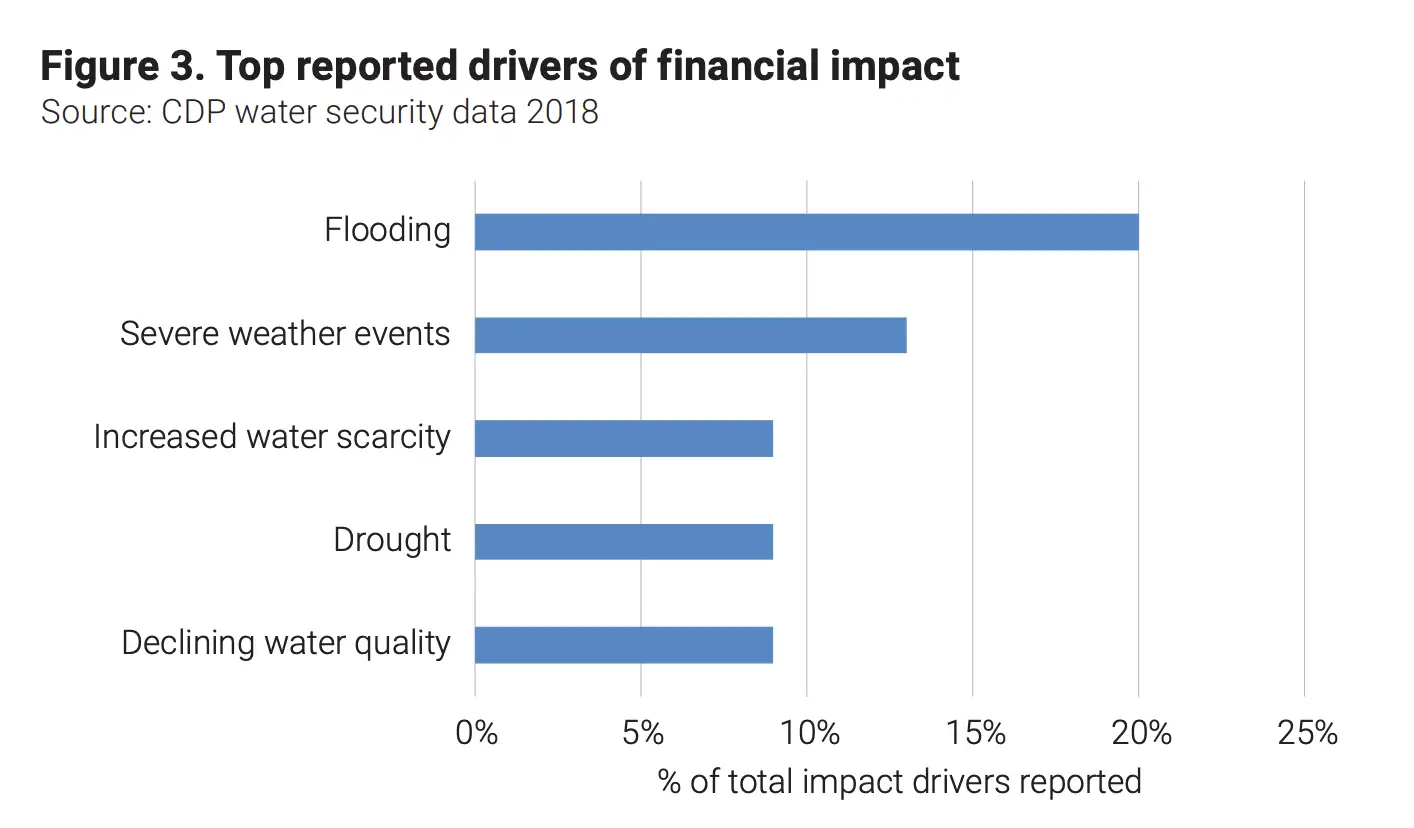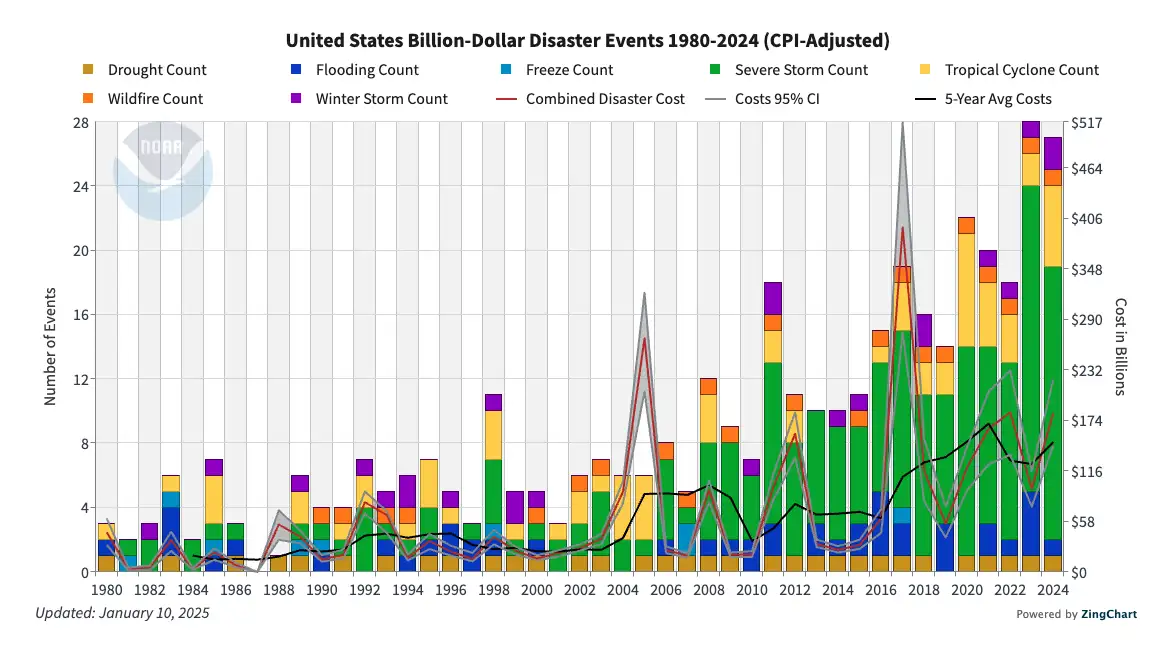
This three-part series examines the three most common metals—copper, steel, and aluminum—and explores why alternatives are essential for economic growth in a world experiencing increased extreme weather events and rising global temperatures. These alternatives are not wishful thinking, but a strategic investment in supply chain resilience and a more efficiently built world.
Part 1: Copper
Conductive materials are critical to our way of life.
Copper has paved the way for the last three industrial revolutions. The first Industrial Revolution marked the beginning of mechanized production, utilizing the power of water and steam. With the advent of electricity, however, every industrial revolution that followed has relied on the flow of electrons through matter:
- The second industrial revolution in the late 19th to early 20th century saw mass production enabled by electricity and the assembly line.
- The third industrial revolution in the mid-20th century ushered computers and the internet, then consumer electronics and IT.
- Today we are in the fourth industrial revolution defined by the fusion of physical, digital, and biological spheres through technologies like AI, the Internet of Things (IoT), cloud computing, and cyber-physical systems (ex. autonomous vehicles, smart grids), which create connected, automated, and intelligent systems.
Underpinning these revolutions and our modern way of life are conductive materials, most notably copper. This now ubiquitous metal, however, is suddenly facing a convergence of trends that compels us to consider alternatives.
#1 Copper supply cannot meet demand
Global demand for generative AI, Electric Vehicles (EVs), and the massive expansion of electricity grids (transmission, distribution, and smart grids) required to support the resulting rise in power consumption is driving copper demand beyond what can be supplied today. A recent BloombergNEF (BNEF) report found that “[t]he cumulative total [copper] in use by data centers could top 4.3 million tonnes by 2035. That comes on top of surging demand from other sectors, such as power transmission and wind energy, where copper usage is expected to almost double by 2035…. The shortfall is worsened by a projected global copper supply of just 29 million tonnes by 2035, well below the 35 million tonnes needed to meet demand.” That’s a 17% gap in copper supply!
According to UN Trade & Development, meeting this demand may require 80 new mines (which take upwards of 25 years to come online) and $250 billion in investment by 2030.
This is not, however, a simple story of supply and demand. Rather, the realities of our changing climate necessitate a return to first principles. We should ask ourselves: Is copper truly the best conductive material to enable the full realization of this 4th industrial revolution?
#2 Copper’s supply chain is profoundly vulnerable to climate change
Copper has limitations that are coming to bear in the face of a changing climate. Even if all those mines and all that investment were successful, it would not change an arguably bigger problem: copper production is fundamentally susceptible to climate change.

Image Source: Why Chile’s mines are turning to the sea
Mining uses tremendous amounts of water. Globally, mining productivity is already on the decline due to both shortages of water and, ironically, increased flooding. Water is essential for mining operations, where it is used for ore processing, dust control, and equipment cooling. Due to a 15-year "megadrought," Chile's mining industry, including the Escondida mine (the world's largest copper producer), has turned to the Pacific Ocean for water. Seawater is pumped through extensive pipelines across northern Chile's desert landscape, ascending over 3,000 meters to the Andes mountains.
With a typical copper mine excavating around 125 tonnes of ore to produce just one tonne of copper, copper production today literally requires the movement of mountains and oceans.

Source: Mining waste rock
Water is such a vital resource that its scarcity also escalates competition and conflict with local communities, agriculture, and indigenous groups, further straining the social license for mines to operate. For example, in Panama and Ecuador, large-scale protests erupted over concerns that large copper mines threaten vital water supplies and environmental health, leading to violence, arrests, and legal battles to halt or reverse projects.
Extreme weather, however, is an even bigger challenge than water scarcity. In 2019, a CDP Report identified intensified storms and flooding as the top two drivers of negative financial impact on global mining operations.

Even if we can address the copper supply challenge, the supply chain’s susceptibility to climate change puts economic growth at risk. Economic growth, once driven by technological advancements, is now fundamentally dependent on reliably securing the raw materials that enable those technologies.
And yet, unreliable supply is not the only point of risk when it comes to copper.
#3 Copper is less useful in a world that faces extreme temperatures and weather
The increasing frequency of extreme heat and weather events due to climate change also has implications for how copper performs in conductive applications. As the temperature of a copper conductor rises (due to ambient heat or the current it is carrying), its electrical resistance increases. On a molecular level, at higher temperatures the vigorous thermal vibration of copper atoms interferes with the flow of free electrons.
The increasing frequency and intensity of global heat waves directly translate to a less effective and less efficient copper-based electrical infrastructure. Higher operating temperatures lead to greater energy losses (power lost as heat) and reduce the maximum current-carrying capacity (ampacity) of wires and cables, straining power grids and electronics.
Furthermore, events like powerful storms, wildfires, and heavy ice accumulation require materials with superior mechanical strength and durability. Copper's density and relatively low strength-to-weight ratio make traditional lines and cables vulnerable to sagging, breaking, and fire damage.
The risks are real—as are the costs. According to the National Oceanic and Atmospheric Administration (NOAA), from 1980-2024, the United States experienced 403 confirmed weather/climate disaster events with losses exceeding $1 billion each. As the graph shows below, their frequency is only increasing.

So, as long as our adaptation playbooks are constrained by using yesterday's materials, it isn't going to go well. To ensure resilient, reliable, and efficient power and signal transmission in a climate-stressed world, the industry must pivot toward adopting stronger, lighter, and thermally stable conductive materials that can better withstand both the thermal and mechanical stresses of a changing climate. We cannot adapt to the climate of tomorrow with the materials of yesterday—let alone prosper from transformative technologies like AI, which cannot exist without conductive materials.
New materials offer an adaptation AND mitigation pathway.
A cornerstone of climate adaptation lies in our ability to discover, synthesize, optimize, and deploy innovative materials at an exponential scale. These materials must possess superior properties that can withstand extreme weather and extreme temperature; and they must have climate-resilient supply chains.
Materials have always been central to human history, though the pace of change has accelerated dramatically. Millennia once marked the transition from one era to another, as seen in the progression from the Stone Age to the Bronze Age and then the Iron Age. Later, the century scale became the norm, with industrialization driven by materials like steel, aluminum, and copper. Now material evolution occurs on a decade-long cycle, exemplified by the rise of plastics, silicon, and carbon fiber composites.
We are due for our next wave of radical innovation. How we collectively invest in that innovation will define the timescale by which we actualize it.
Advanced carbon nanomaterials offer the most promising pathway to a built world that not only makes our adaptation to the effects of climate change more plausible, but can also mitigate these effects through their displacement of metals. No more energy-intensive, emissions-intensive, and water-intensive production. No more moving mountains and oceans to process hundreds of tonnes of rocks for just one tonne of metal. No more destruction of vast swathes of land and ecosystems.
As if that weren’t compelling enough, this carbon nanotube (CNT) value chain has another significant advantage: a clean energy byproduct, hydrogen. As Matteo Pasquali, PhD (DexMat Co-Founder & Chief Science Advisor, Rice University Hartsook Professor of Chemical Engineering, and Director of the Carbon Hub) notes in an article published on PNAS, large-scale splitting of methane to produce hydrogen and solid carbon gets revisited every two decades or so:
“So why could large-scale methane splitting be fruitful now? The emergence of nanoscale carbon is the real major change. Because of this material’s potential use in cars, heavy vehicles, and aircrafts, mass-scale production of carbon nanomaterials from methane could cogenerate significant amounts of hydrogen (tens to hundreds of Mt per year), providing additional economic value as well as clean energy.”
DexMat produces one such breakthrough material: Galvorn, the lightest, strongest, most flexible, most durable, most corrosion-resistant, most high temperature-resistant conductive material in the world. Galvorn was invented by Nobel-winning scientists for high performance applications in the most extreme environments at NASA and the Air Force. It has 97% the conductivity of copper, weight for weight; but it is also 50 times stronger and 1/2 the weight of aluminum, lighter even than carbon fiber. With these properties we are rapidly finding that what makes it so valuable in space also makes it indispensable for more widespread applications in a rapidly changing climate: ultra lightweight air and spacecraft, EVs with incredible range, much more resilient grid infrastructure, and hyper efficient data centers.
Galvorn is also highly efficient and scalable to produce: we apply fiber wet-spinning, using carbon nanotubes (CNTs) as our feedstock. Fiber wet-spinning is a technology that is already proven at kiloton-scale: it is used to produce viscose, the most used man-made cellulosic fiber, comprising roughly 80% of all man-made cellulosic fibers with a production volume of around 5.8 million tonnes in 2021.
Simply put, Galvorn is a stronger, lighter, more resilient alternative to copper (as well as steel and aluminum, more on that later). And Galvorn is just one of many such promising materials innovations. So, by unconstraining ourselves from yesterday's materials, we can adapt to climate change and build a much more sustainable, resilient tomorrow—with materials that are already here today.